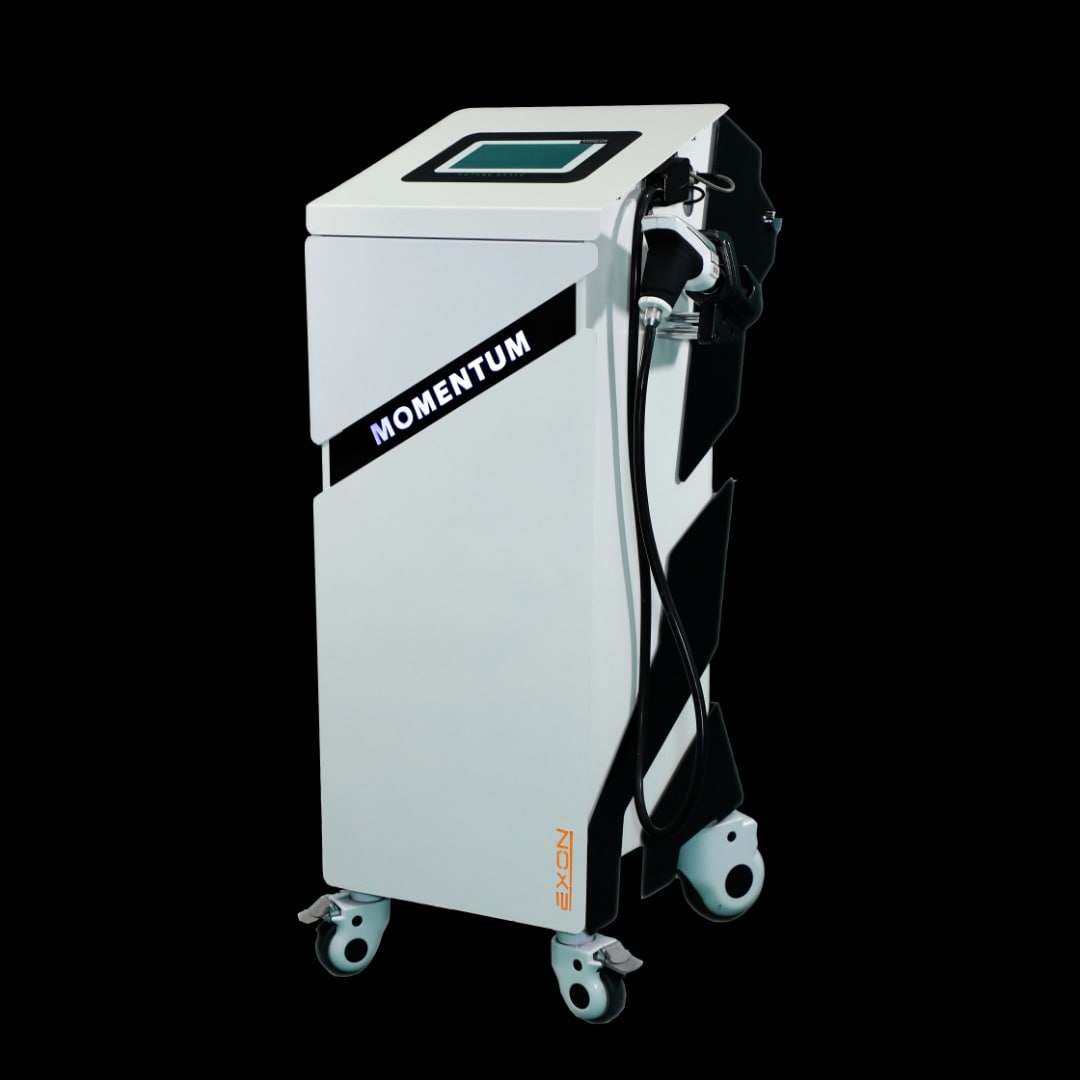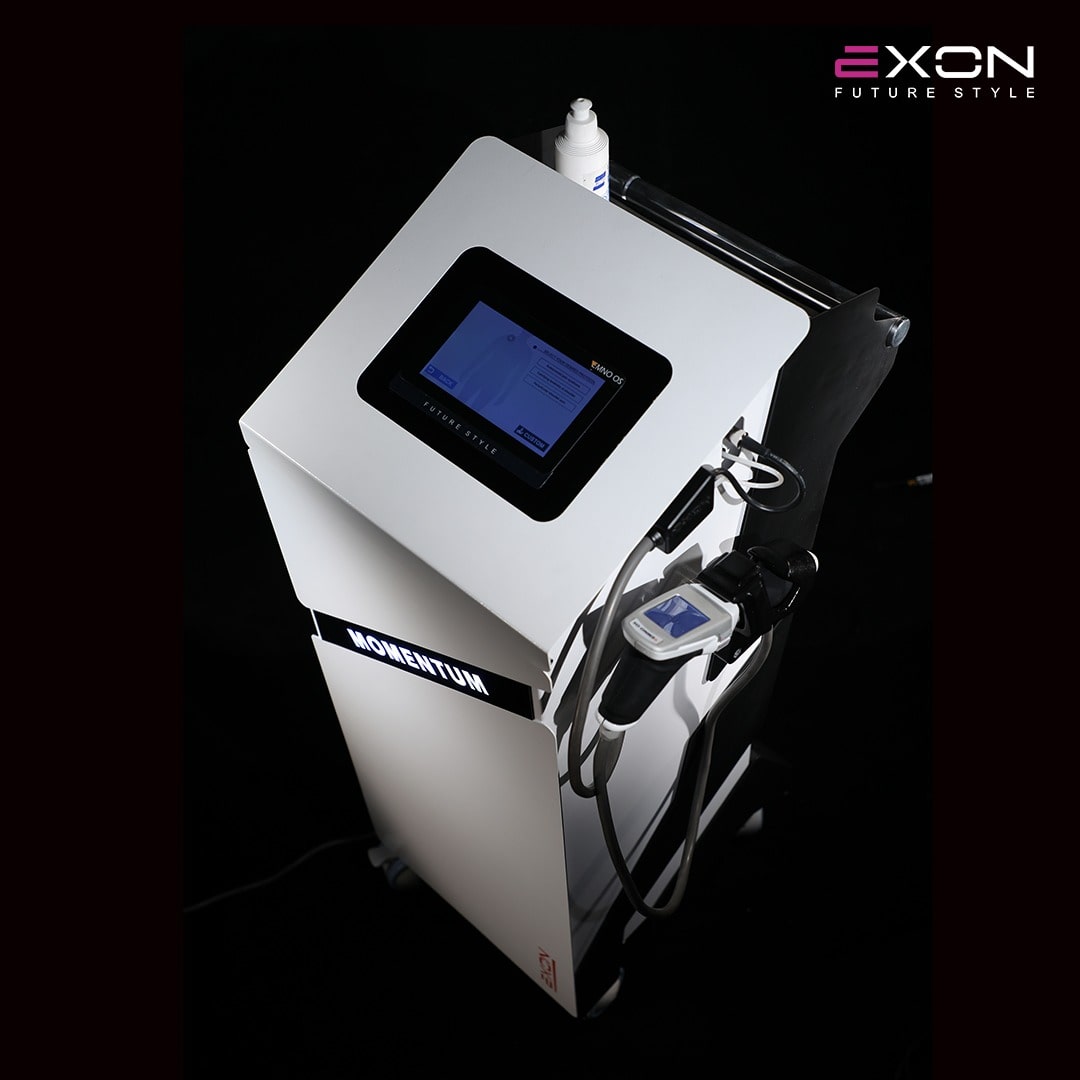Everything a Physiotherapist Needs to Know About the Shock wave Machine!
- Type: Free
What is Shock wave Therapy?
Shock wave (also spelled shock wave) is a type of sound wave. However, these sound waves have unique physical characteristics. Nonlinearity (discontinuity), short wavelengths, and fluctuations in pressure, temperature, and density of the medium are among these characteristics. There is also a single pulse in these waves. Their frequency range is extremely broad, ranging from zero to 200 MHz. These waves have a wide pressure range, ranging from zero to 120 MPa. In a shock wave machine (device), these qualities are meant to generate a positive and negative phase. The positive phase is in charge of generating direct mechanical forces, while the negative phase is in charge of causing cavitation and gas bubbles to collapse at high speeds, resulting in a second wave of shock waves.

When we compare these sound waves to ultrasound waves, we discover that a shock wave's maximum pressure is around 1000 times that of an ultrasound wave. With their analgesic qualities, these waves are a therapeutic modality utilized in physiotherapy. As a result, they're known as physiotherapy shock waves. Other medical devices use more energy than these ones.
How Does a Shock wave Machine Work?
The shock wave machine at the shock wave therapy unit creates a rapid pressure shift in the tissue space of the patient (Interstitium). At the same time, the negative phase of the wave causes cavitation in the tissue, which is utilized by this device. Cavitation is the term used to describe extremely tiny cavities. The death of central cells and the development of hematomas are caused by shock waves and the effects of cavitation. As a result, the therapy aim of forming new bone and tendon cells has been met.

What Diseases Does the Shock wave Device Treat?
Although the primary goal of employing a shock wave machine is to reduce pain, it may also be used to treat a variety of ailments.
-
To eliminate skin cellulite: Cellulite refers to body fissures, flaws, depressions, and lumps on the skin's surface that are produced by a variety of circumstances. However, the shock wave device may be used to cure it. This gadget, in addition to being attractive, is also good in slimming and reducing size
-
To Treat Erectile Dysfunction: It's fascinating to learn that this gadget can treat all types of erectile dysfunction. As a result, this issue will be quickly resolved, and couples will be able to enjoy the continuance of their marriage. See Shock wave Therapy and Erectile Dysfunction Treatment for further details
-
To treat heel spurs: Shock wave therapy for heel spurs is becoming more popular. Heel spurs are calcium deposits in the soles of the feet that may be addressed using this method. This article goes into shock wave therapy and heel spur treatment in depth
-
To treat tendonitis: Elimination of tendonitis in the shoulder and leg can also be treated through this device. For more information, you can refer to the article Shockwave therapy and treatment of tendonitis.
-
To reduce the pain of plantar fasciitis: Plantar fascia, which is one of the most painful inflammations, can be treated with this device. See Shock wave Therapy and Treatment for Myofascial Pain Syndrome
-
To fix Shin splints and reduce its pain: Inflammation of the internal tissues and muscles of the leg is very common. By treating the internal tissues, the shock wave device solves movement problems. This device is also able to treat leg pain, which is discussed in the article Shock wave Therapy and Shin splints Syndrome
-
To heal Patellar tendon tear: Pain reduction and treatment of patellar tendon rupture or patella of the knee has been done by this method, which has been described in the article Shock wave therapy and treatment of patellar tendon rupture
-
To treat Golfer's elbow: This disease is related to the elbow and is often seen in golfers today. That's why its name is called after golfers. The treatment of this disease can be done through shock wave, which is explained in the article Shock Wave Therapy and Golfer's elbow Treatment
-
Morton's neuroma: This disease is a benign nerve tumor in the sole of the foot, which can be healed through this device. For more information, refer to the article Shock wave therapy and treatment of Morton's neuroma
-
To solve muscle cramps: Cramps in various muscles of the body, including the back, legs, arms, etc., are very common, which reduces the range of motion of people and prevents daily activities. Treatment of this problem is also possible through the mentioned device
-
To fix frozen shoulder condition: The shock wave device is able to reduce shoulder pain caused by frozen shoulder disease. This condition is an inflammation of the shoulder that weakens the shoulder muscles
-
To relieve spine and neck pain: Inflammation and pain in these areas can also be relieved by this device
-
To reduce joint diseases: Many joint diseases such as arthritis can be treated with Shock Wave Therapy. Shockwave therapy and arthritis treatment are fully covered in this article
-
To heal welded fractures: Shock wave can be used to speed up the healing process of bones
-
To treat any type of osteoarthritis: Shock wave device reduces the pain caused by osteoarthritis by regenerating and repairing joint cartilage. See Shock wave Therapy and Osteoarthritis Treatment for more information
-
To remove or break kidney stone: Shock wave therapy can break small and large kidney stones and remove them from the body.
-
To treat Achilles tendonitis: Achilles tendonitis and plantar fasciitis, which fall into the category of erosive complications, are treated in this way
-
To treat benign prostatic hyperplasia: This disease can also be treated by shock wave device which in the article Shock wave therapy and treatment of benign prostatic hyperplasia is fully discussed

How long does shockwave therapy take to work and what are its clinical results?
After the ailment has been diagnosed and the physiotherapist has judged that the patient's condition warrants the usage of the shockwave machine, treatment with this method can begin. As a result, this therapy must be done once or twice a week for 3 to 6 weeks in a row. Without taking into consideration the intervals between treatments, each session of this treatment lasts roughly 7 minutes.
Patients have experienced fast pain relief after utilizing this device in some circumstances. It should be noted, however, that all treatment steps must be completed in order to finish the treatment. It could take up to ten weeks for this to happen. Some pain in the afflicted area may occur during this process, but it will only last four to five minutes. It is not recommended to use any topical analgesics or gels, but ice can be used in extreme circumstances. Each treatment session should also be followed by a 24-hour period of relaxation. Although this treatment has good clinical results, apply the instructions in the post-shockwave care article for improved results.
Side effects of shockwave therapy
No serious or long-term side effects of Shockwave treatment have been reported. The only side effects are the following, which of course are not grave and long-term.
- Feeling inconvenience when using the device
- Feeling mild pain one to two days after treatment sessions
- Some bruising and redness on skin surface
- Mild swelling
When Should You Not Use Shockwave Therapy?
If any of these conditions occur during sessions, the Shockwave therapy must stop:
- When the patient is not consent to cooperate
- Severe urinary tract infections or obstruction due to stones
- When the patient suffers from kidney cancer or its malfunction and failure
- Acute heart problems and high blood pressure
- Blood coagulation problems
- Active pyelonephritis
- Pathological changes or aneurysms
- Spinal deformities with an impact on the patient's mental state
The price of the device and the use of this treatment method
The price of a Shockwave device depends on factors such as its functions, quality, output power, power range, etc. For more information, refer to the section on shockwave therapy cost and shockwave device prices

 Tecar
Tecar Shock Wave
Shock Wave Plasma
Plasma Laser
Laser Tesla
Tesla Nikola
Nikola Kayser
Kayser Fusion
Fusion





